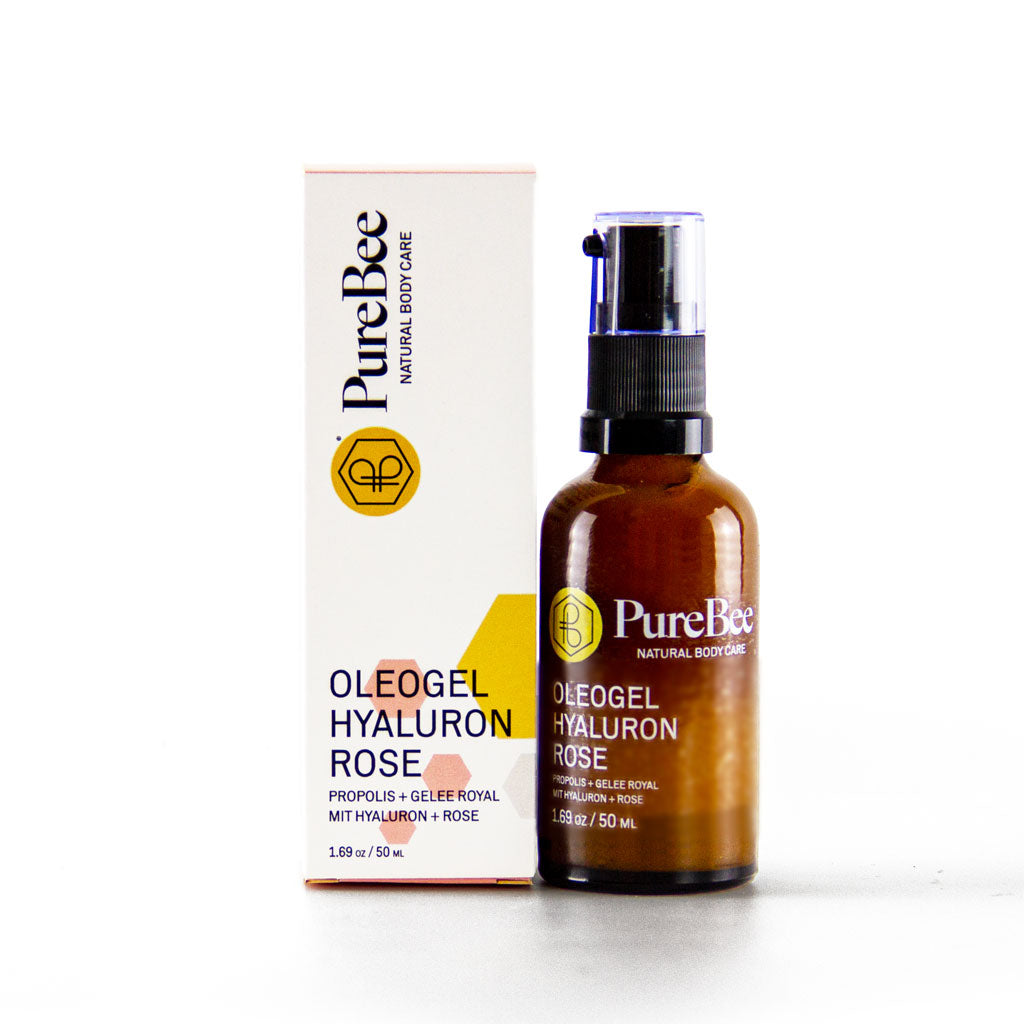If you look at propolis in the laboratory, then it is an organic compound consisting of about 50 percent resins, 30 percent beeswax, 10 percent essential oils, 5 percent pollen, 3 percent organic substances and 2 percent nutrients (minerals, trace elements, amino acids, enzymes, flavonoids).
To date, the putty resin has not been completely broken down and the question of why it is so effective against germs, viruses and fungi in the beehive has not yet been conclusively answered. So far, between 150 and 200 different ingredients have been discovered. But what complicates an analysis is that the composition of propolis is never the same, even from the same hive. It depends on numerous factors such as the plant source and the activity of the bees. These variations are sometimes reflected in the color and taste of the propolis, which is why our cosmetic products can always vary slightly in color.
WHERE DOES OUR Propolis COME FROM?
A large part of the propolis used in Germany is imported from abroad. A colony of bees can produce up to 200 grams of resin per year and , according to the German Beekeepers' Association, there are around 150,000 beekeepers with a total of around 1,000,000 bee colonies in Germany. Many of these beekeepers are pure hobby beekeepers and only a very small number practice beekeeping as a profession. German beekeepers can only cover about 20 percent of the honey requirement, so it is hardly surprising that it is not possible to obtain larger quantities of propolis in Germany.
There is now also Eastern European propolis, which consists of almost the same ingredients (of course there are small differences due to the different plant sources) as the domestic one. Testing in Germany by laboratories and experienced beekeepers is important.
Even our propolis production is not quite enough for our cosmetics production. We therefore buy European propolis, which hardly differs from our propolis in terms of taste and smell. However, a large part of the propolis imported into Germany comes from China. We did some tests with Chinese propolis, and even if everything was fine with it, the taste and smell just didn't convince us and we stick with the more expensive European goods.


